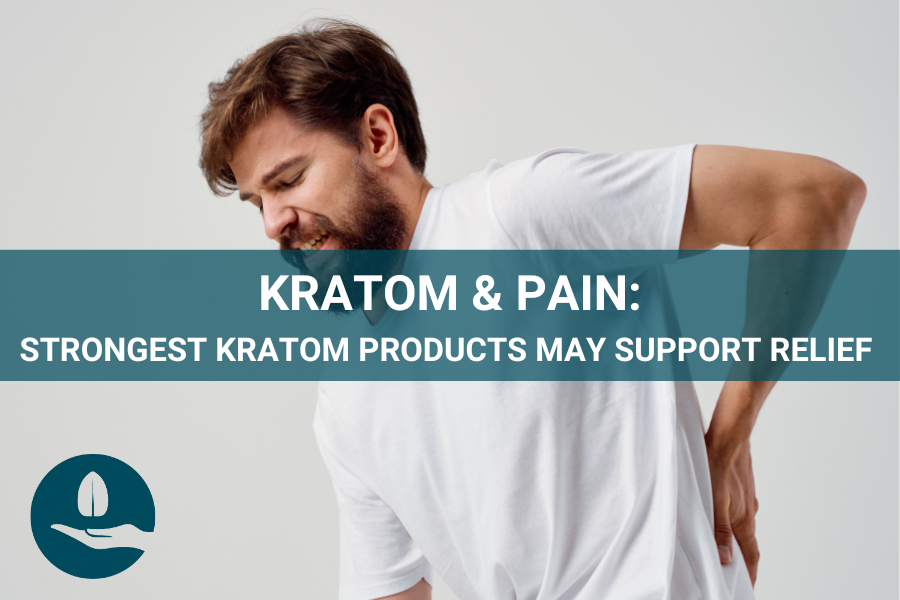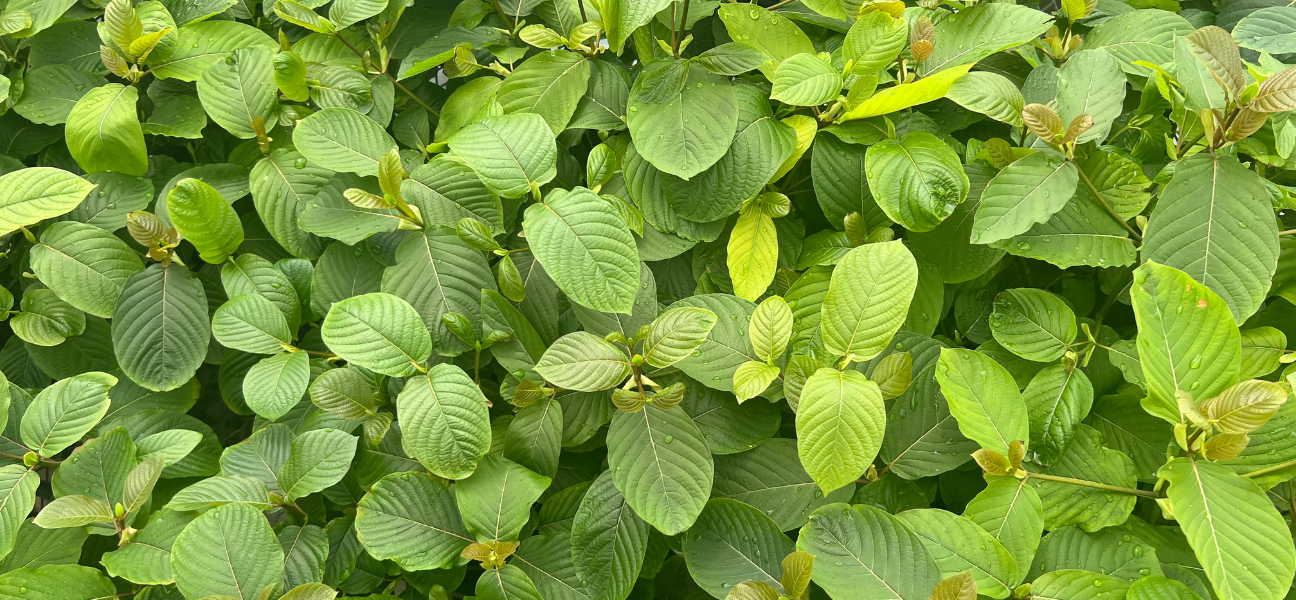Kratom and Pain: Strongest Kratom Products May Support Relief

Pain—we’ve all felt it, but how we manage it makes all the difference. Whether it’s a sharp jab, a lingering ache, or a deep, dull throb, pain is your body’s way of raising a red flag. It says, “Hey, something’s not quite right here.”
Before we dive into how kratom and pain are connected, let’s take a moment to understand what pain actually is—and why so many people are turning to kratom for pain relief, including powerful options like kratom extracts.
What Is Pain, Really?
Pain isn’t just physical—it's also deeply emotional. It comes in different varieties:
-
Acute pain: Sudden and sharp, like a stubbed toe or sprained ankle.
-
Chronic pain: Long-lasting and often tied to conditions like arthritis, fibromyalgia, or back injuries.
And let’s not forget emotional pain—grief, anxiety, and depression. These can be just as crushing as physical pain and often walk hand-in-hand with it.
Kratom for Pain: How It Works
So, where does kratom come into the picture?
Kratom (Mitragyna speciosa) is a botanical native to Southeast Asia, and it’s been used for centuries by laborers and farmers seeking support for pain, energy, and endurance.
How does kratom work?
40+ naturally occurring alkaloids—bioactive compounds (in kratom) that interact with receptors in the body and may affect various conditions/issues.
Kratom Alkaloids Are the Power Players:
-
Mitragynine: The most abundant alkaloid in kratom. It’s being studied for its potential analgesic (pain-relieving) effects, as well as possible antitussive (cough-suppressing) and anti-inflammatory properties.†
-
7-Hydroxymitragynine: A potent alkaloid found naturally in very small amounts, often highlighted in discussions around the strongest kratom due to its powerful effects.†
-
Speciogynine & Paynantheine: Believed to act as muscle relaxers—great for tension and soreness.†
-
Other players like ajmalicine and isorhynchophylline are being researched for their roles in blood circulation and immune system support.†
Whether you’re dealing with occasional discomfort or more chronic aches, kratom for pain may naturally relieve occasional discomfort and may support your body’s natural ability to relax, recharge, and reset.†
What’s the Best Kratom for Pain?
Let’s clear something up: Kratom is not a cure. Kratom alone will NOT and can NOT fix pain or make pain permanently go away. But it CAN be an effective part of an overall well-rounded holistic wellness plan. Think of it as one tool in your toolbox—right next to movement, nutrition, rest, and emotional support.
So, what type of kratom should you consider?
Perfect if you’re balancing pain and energy. This whole-leaf premium kratom blend supports occasional discomfort while also helping to restore natural motivation and drive. No jitters and no crash for an added bonus.†
On-the-go? This convenient, ready-to-enjoy kratom drink is brewed from high-quality whole-leaf kratom—no bitter kratom extract taste, no sludge, just smooth, naturally sweetened goodness. Naturally boost mood, improve clarity, and manage daytime discomfort.†
This premium whole-leaf kratom blend contains alkaloids that may naturally support relaxation and relief from muscle fatigue. SunSet is ideal for those needing to decompress after a long day.†

If you're searching for the strongest kratom options, you might explore kratom extracts, which are concentrated forms of kratom made for users needing higher potency for more persistent discomfort, low energy and mood. But remember: more potent doesn't always mean better—start small, observe your body's response, and choose quality over hype.
Kratom and Pain: A Holistic Perspective
Pain isn’t just about symptoms. It’s about your whole being. That’s why ETHA advocates for a whole-leaf, Living Fully approach—combining premium kratom with clean living, movement, connection, and purpose.
Whether you’re battling soreness after a workout, managing long-term discomfort, or seeking a natural way to support emotional balance, kratom and pain relief may go hand in hand—when approached with mindfulness and care.
Don’t Suffer in Silence—Reach Out
There’s no one-size-fits-all path to wellness, and we’re here to help you find what works best. From whole-leaf kratom to kratom extracts, ETHA offers high-quality options tailored to your needs.
Need guidance? We’ve got you. Contact us and let's talk kratom, wellness, and living fully.
***Disclaimer: Everyone responds to kratom differently. ETHA’s blogs share general information and personal experiences, not medical advice. Always consult with a healthcare professional before adding any supplement to your wellness routine.
Want to Learn More?
-Check out our latest episode of Live Fully with ETHA Podcast (above at the beginning of this blog) in which ETHA Co-Founder Alexander Karp sits down with renowned spine surgeon, inventor, and wellness expert Dr. Okubadejo (Dr. O) for an eye-opening conversation on how to manage and even prevent back pain naturally. Dr. O specializes in treating degenerative disc disease, spinal deformity, spine injuries, and cervical, lumbar, and thoracic conditions. Though millions struggle with chronic back pain, Dr. O's philosophy is that surgery isn’t always the answer.
Dr. O is the inventor of an exercise tool designed to optimize core workouts. The 360 CoreBoard allows for easy, gliding movements that strengthen the core and upper body without stressing the lower back. It is available through the ICSC Wellness Center, which also offers IV drip therapy and personalized treatments from a chiropractor, nutrition specialist, and exercise physiologist.
In this podcast you will learn about the real root causes of chronic back pain, why core strength is your best defense against spine issues, when to consider non-surgical treatments, and how Dr. O’s 360CoreBoard is changing the rehab game. And finally, even some myths about back pain and what actually works for relief.
Whether your back pain is from sports, posture, or injury, learn tips and science-backed solutions to help you avoid the scalpel and Live Fully.
-Check out this CDC report on chronic pain trends:
Rikard, S.M. (2023). Chronic Pain Among Adults — United States, 2019–2021. CDC Report
Let’s tackle pain with knowledge, nature, and the right support.
Live Fully—with ETHA.






















Leave a comment